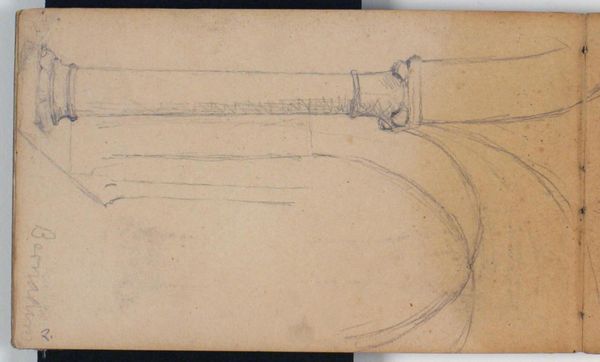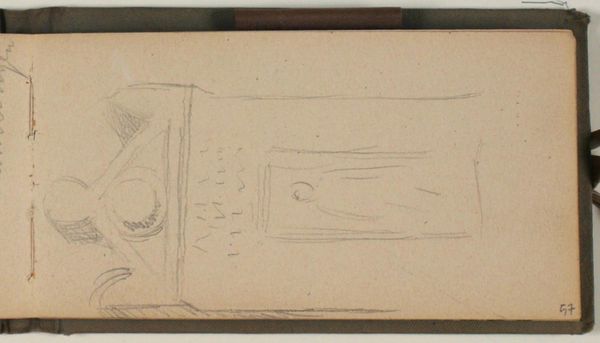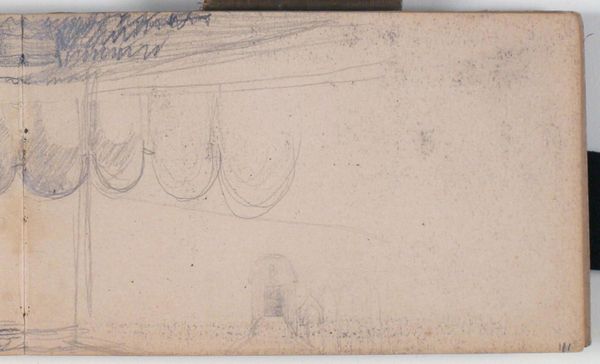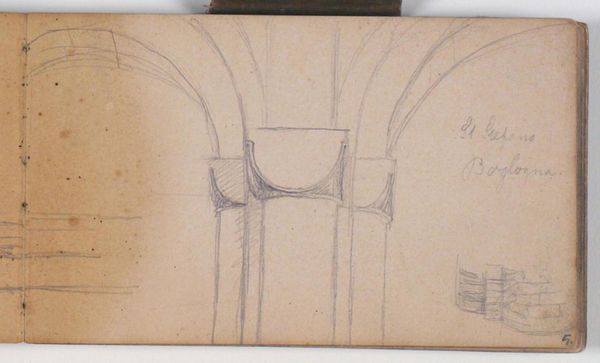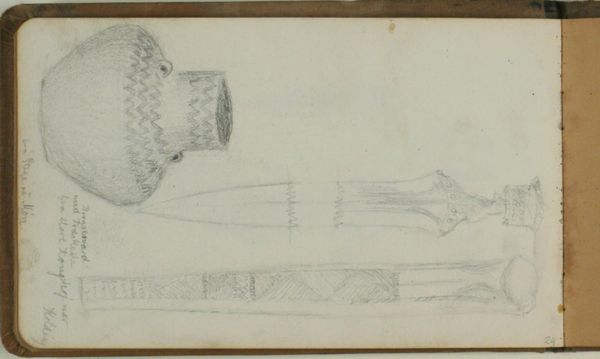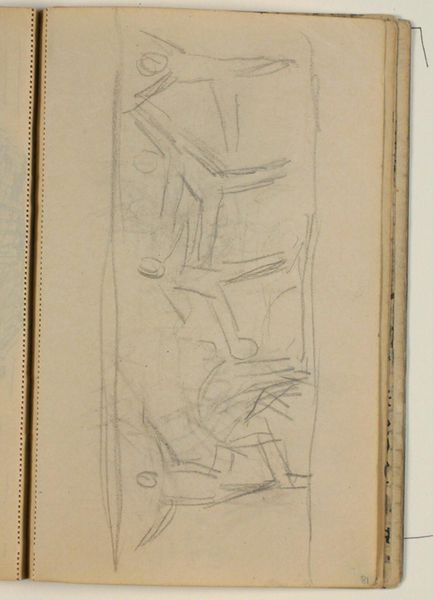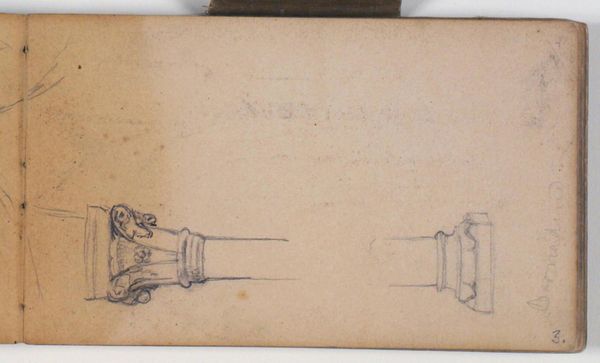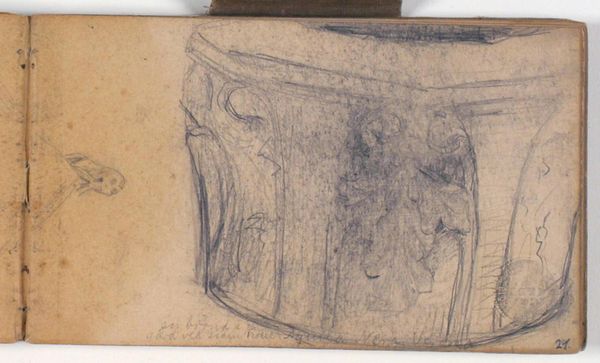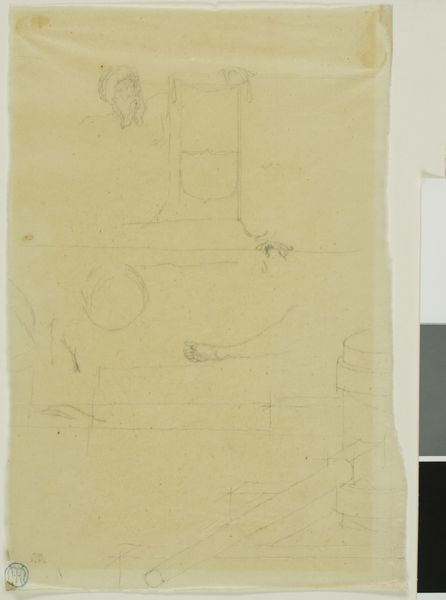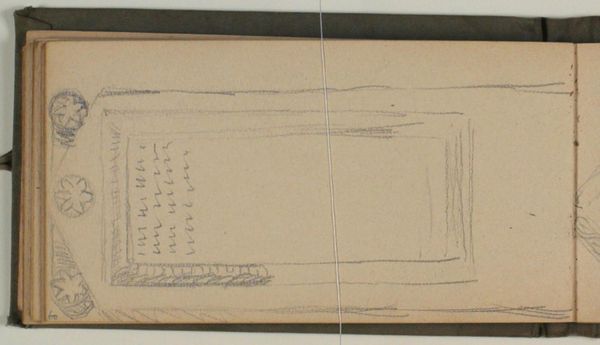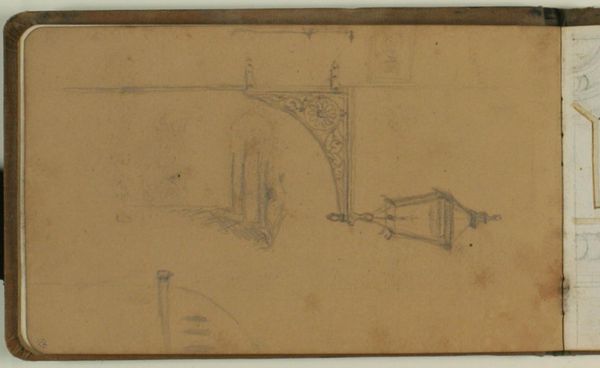
drawing, pencil, architecture
#
drawing
#
coloured pencil
#
pencil
#
line
#
architecture
#
realism
Dimensions: 101 mm (height) x 168 mm (width) (bladmaal)
Editor: So, this is Niels Larsen Stevns's 1896 drawing, "Søjle og bue fra S. Petronio, Bologna," rendered in pencil and colored pencil. It depicts, as the title suggests, architectural elements of the Basilica di San Petronio. It feels like a very technical study, almost detached in its realism. What social narratives do you see in a piece like this? Curator: That "detachment" you perceive might speak volumes. Consider the historical context: late 19th-century Europe, a period of intense colonial expansion and a surge in archaeological expeditions ‘documenting’ other cultures, often with a sense of assumed superiority. Doesn’t this meticulous, almost clinical rendering echo that impulse to dissect and categorize? It’s a seemingly objective view of architecture, yet the choice of what to depict, and how, is never neutral. Editor: So, even in what seems like a straightforward architectural study, there are underlying power dynamics at play? Curator: Precisely. And what's omitted is just as significant. We see details of the column and arch, but no people, no sense of the basilica as a living, breathing place of worship or community gathering. It's been reduced to its constituent architectural components and stripped from anything of the society or person inhabiting the area. Whose perspective is centered here, and whose is marginalized by that focus? Editor: That's a compelling point. The absence of the human element definitely shifts the reading. So, instead of celebrating architecture, it risks perpetuating a kind of detached observation... almost an erasure. Curator: Yes, exactly. Do you think about how perspective plays into identity, gender, race, and politics? The idea of 'realism' itself is a construct. Editor: I never considered looking at something so… straightforward… through that lens. This has definitely given me a different perspective. Thank you! Curator: And thank you for drawing that out, it’s a critical reading of an artwork.
Comments
No comments
Be the first to comment and join the conversation on the ultimate creative platform.
